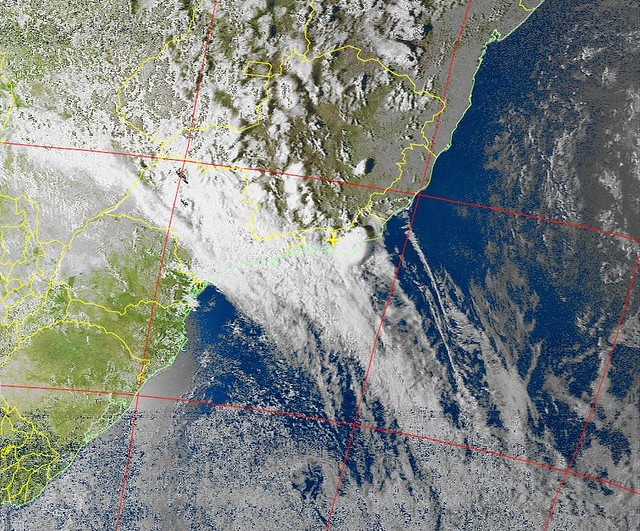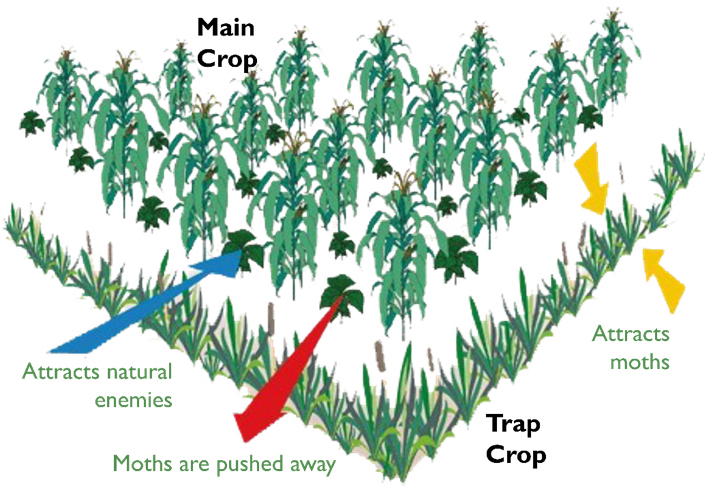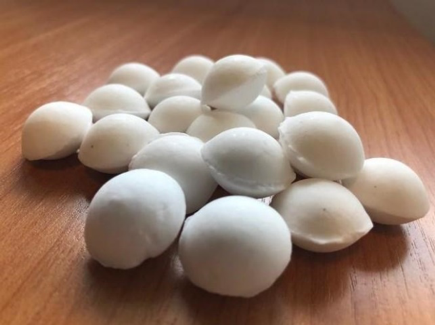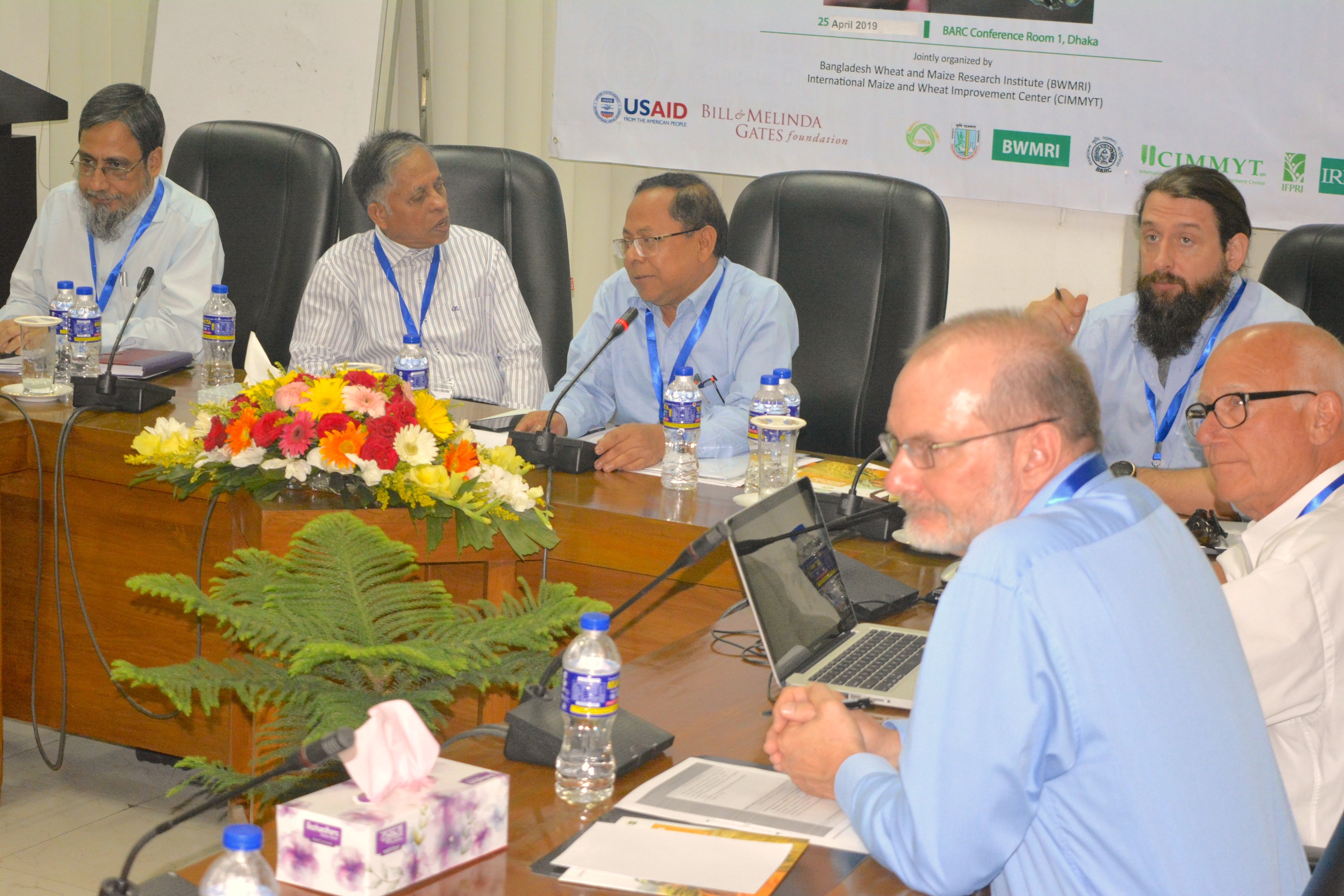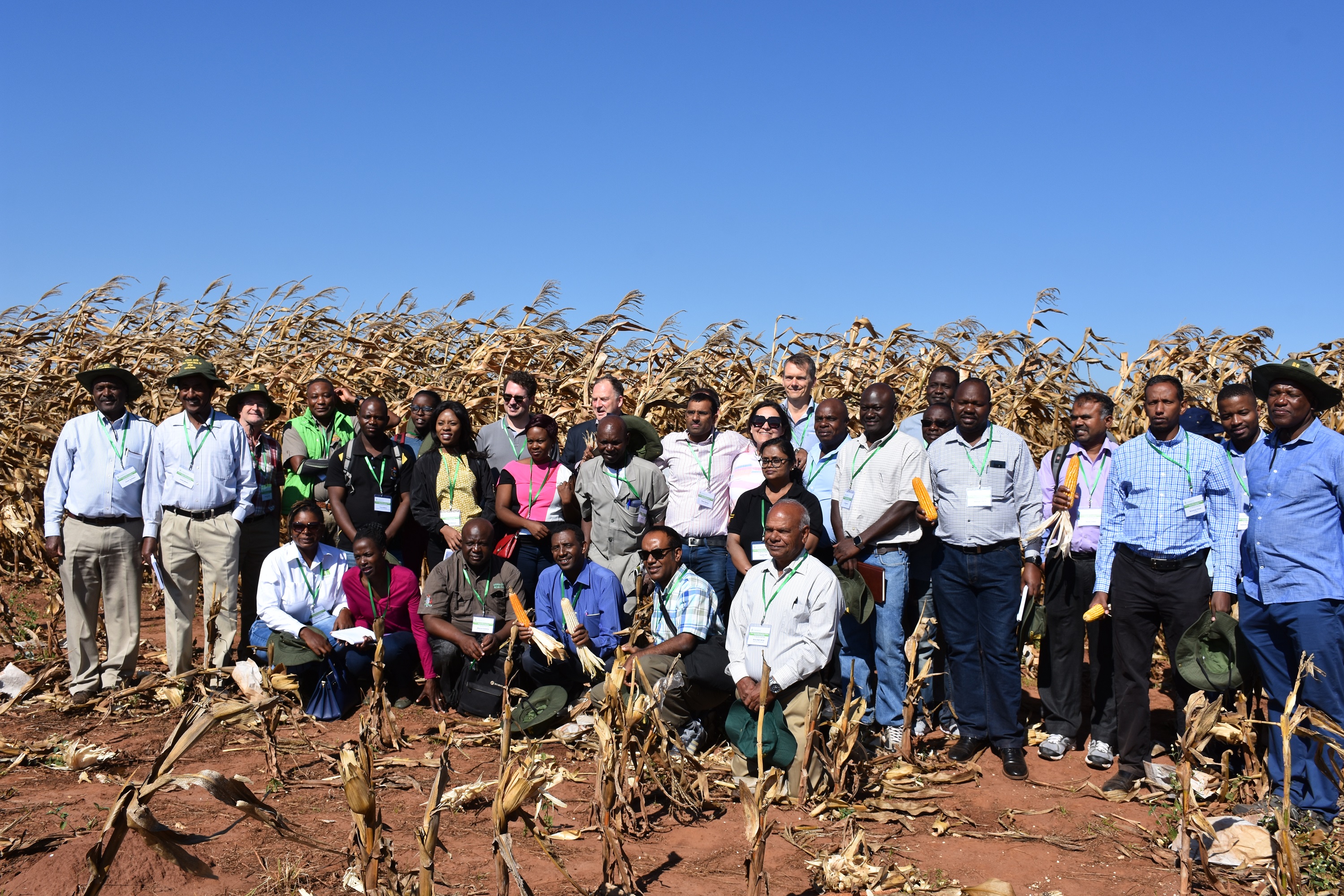News
The recipe for better food systems
 Nutrition, health and food security
Nutrition, health and food security
An economist, an agronomist and a plant biologist discuss how to mix markets, research and nutrition for optimal health and sustainability.
Top shelf: Who has access to the healthiest processed foods?
 Nutrition, health and food security
Nutrition, health and food security
As processed food products gain popularity in Mexico City, researchers are keen to understand variation in access to healthier maize- and wheat-based foods across differences in purchasing power.
Scaling farming innovations: what, why and how
 Capacity development
Capacity development
A group from Chiapas gets frameworks and tools to make innovations sustainable.
Space data applications for wheat and maize research
 Innovations
Innovations
How can space technology help improve maize and wheat production? CIMMYT joined a group of international data users in a recent project to find out.
Mexico’s heirloom corn is dying out–but this designer has a plan to stop it
 Innovations
Innovations
Source: Fast Company (7 Jun 2019)
Designer Fernando Laposse collaborated with CIMMYT to find seeds and resuscitate six species of native Mexican corn.
Six investments to help family farmers thrive in the next decade
 Climate adaptation and mitigation
Climate adaptation and mitigation
Source: The Economist Intelligence Unit (6 Jun 2019)
CIMMYT DG Martin Kropff and CABI CEO Trevor Nicholls propose six key actions to support family farmers.
System uses plants to lure fall armyworm away from maize fields
 Innovations
Innovations
Scientists in Nepal are evaluating push-pull cropping systems as a pest control method.
Slow-release nitrogen fertilizers measure up
 Climate adaptation and mitigation
Climate adaptation and mitigation
Briquetted urea and polymer-coated urea more efficient as maize fertilizers than regular urea, researchers in Nepal find.
Biofortified maize and wheat can improve diets and health, new study shows
 Nutrition, health and food security
Nutrition, health and food security
New varieties deliver essential micronutrients to those who lack diverse diets.
Fodder for thought
 Nutrition, health and food security
Nutrition, health and food security
How green manure and conservation agriculture are transforming the lives of farmers in eastern Zimbabwe.
Bangladesh increases efforts to fight fall armyworm
 Nutrition, health and food security
Nutrition, health and food security
Experts discussed the status of the outbreak, the role of research and applicable measures.
Conservation agriculture works for farmers and for sustainable intensification
 Climate adaptation and mitigation
Climate adaptation and mitigation
Agriculture leaders of eastern and southern Africa encourage wider adoption of conservation agriculture for the benefit of farmers, consumers and the environment.
Shifting to a demand-led maize improvement agenda
 Climate adaptation and mitigation
Climate adaptation and mitigation
In annual meeting, STMA project partners build on the successes of research in combatting drought, heat, pests and disease.
Breaking Ground: Mechanization expert Jelle Van Loon goes as far as creativity allows
 Innovations
Innovations
CIMMYT’s mechanization team is in a quest to build the perfect machine for each farmer.
New publications: Agro-ecological options for fall armyworm management
 Innovations
Innovations
Researchers suggest agro-ecological approaches be promoted as a core component of integrated pest management programs.



